Introduction: Ordering Financial Documents—What to Know
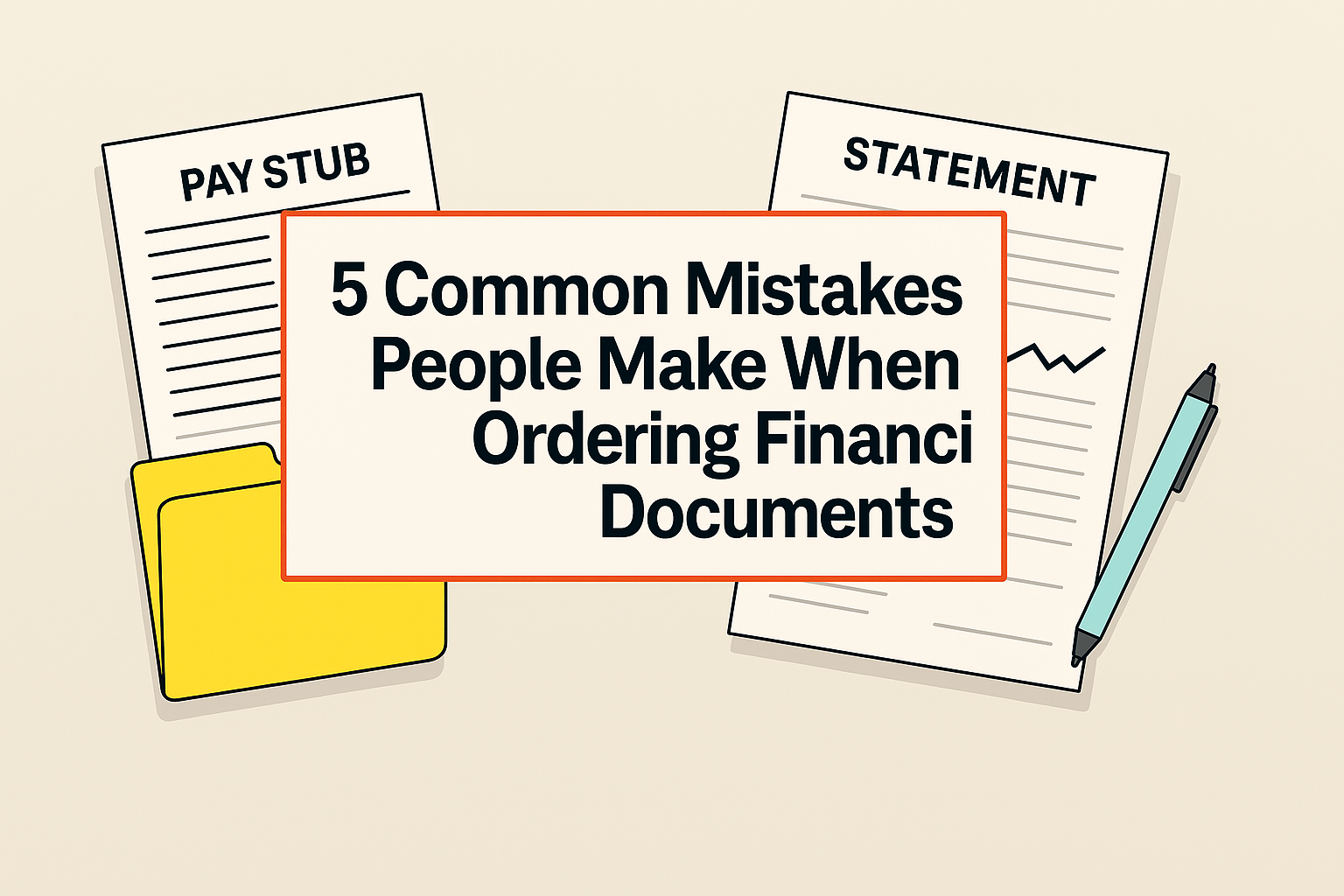
Published: August 2025 • By the FinancialDocsProvider.com Editorial Team
Last updated: August 2025
If you’re ordering financial documents for a rental, auto loan, mortgage pre‑check, business financing, or visa, the stakes are high. A single mistake can trigger delays, extra documentation requests, or outright rejection. This guide explains what’s allowed, what isn’t, and how to package your files so underwriters and property managers can trust and quickly verify what they see.
We work across the US, UK, and Canada, where lenders, landlords, and agencies follow strict rules. Our role is compliance‑first: we help you organize, format, and redact documents for clarity. We do not fabricate numbers, dates, or parties, and we won’t alter statements in ways that misrepresent facts.
Related Entities & Terms
- Proof of income, employment verification, bank statements (PDF/CSV)
- US forms: W‑2, 1099‑NEC/1099‑MISC, Schedule C, tax transcript (IRS)
- UK forms: payslips, P60, P45, Self Assessment SA302, Tax Year Overview
- Canada forms: T4, Notice of Assessment (NOA), T1 General, Record of Employment
- Regulators: IRS, CFPB, FTC (US); FCA & HMRC (UK); CRA & FCAC (Canada)
- Credit reports, source statements, merchant statements, payroll summaries
- PDF/A, OCR (optical character recognition), redaction, metadata, file hashing
- Underwriting, KYC/AML checks, fraud screening, borrower vetting
Below we outline the five most common mistakes people make, how to avoid them, and how our team can help you prepare clean, verifiable files that earn quick approvals.
Legality Basics: Formatting vs. Falsification
Formatting is the process of making a document easier to read or transmit. It includes actions that do not change factual content—such as fixing orientation, adding bookmarks, performing OCR so text is searchable, or redacting sensitive data like full account numbers. These are legitimate productivity steps.
Falsification means changing facts or creating materials that misrepresent reality—like altering balances, dates, employer names, or tax line items. This crosses a legal line and can be prosecuted as fraud, lead to civil liability, and permanently damage your credit and reputation.
US snapshot
In the United States, lenders and property managers expect documents that can be tied back to sources—payroll providers, banks, or the IRS. Many verify tax information directly through IRS transcripts, and consumer protection agencies take misrepresentation seriously. For official guidance on transcripts, see the IRS’s Get Transcript page.
UK snapshot
In the United Kingdom, payslips and end‑of‑year statements (like the P60) should align with HMRC records. Landlords and lenders may request SA302 calculations and a Tax Year Overview for self‑assessment filers. HM Government’s overview of PAYE forms is here: PAYE forms (P45, P60, P11D).
Canada snapshot
In Canada, employers issue T4 slips and the Canada Revenue Agency (CRA) provides Notices of Assessment. Many underwriting teams cross‑check NOA data or request proof via CRA “My Account.” Learn about CRA e‑services here: CRA e‑services for individuals.
Bottom line: If an edit would stop a reviewer from independently matching your document to its true source, don’t do it. When in doubt, ask us to format for clarity only.
What Edits Are Allowed
Here are compliance‑safe ways to improve legibility and packaging without changing facts. These are typical requests we handle for clients in the US, UK, and Canada:
Redaction & privacy protection
- Masking all but the last 4 digits of account or card numbers.
- Hiding full addresses or phone numbers on documents not requiring them.
- Removing internal notes or duplicate application IDs.
Readability & accessibility fixes
- OCR to make scanned PDFs text‑searchable and copy‑pastable.
- Fixing rotation, margins, or bleed‑through; improving contrast for faint scans.
- Adding clear page numbers, bookmarks, or section dividers for multi‑month statements.
Export & packaging improvements
- Converting HEIC/JPEG screenshots into a single PDF in correct date order.
- Exporting payroll downloads to PDF/A; merging multiple months into one organized file.
- Adding a cover sheet listing the documents included and their date range.
What’s Illegal (and Why It Gets Flagged)
Altering factual content is misrepresentation. Reviewers are trained to spot it, and most institutions run automated checks that compare your materials to third‑party data sources.
Altering amounts, dates, or parties
- Amounts: Editing net/gross pay, tax withholdings, or ending balances is fraudulent.
- Dates: Backdating pay periods, deposit timestamps, or statement cycles undermines audit trails.
- Parties: Replacing employer names, bank names, or account owners breaks chain‑of‑custody.
Structural tricks that still mislead
- Deleting unfavorable pages (like overdraft notices or tax due pages).
- Manipulating CSV exports before converting to PDF to “clean up” facts.
- Using fonts, logos, or templates to imitate official letterhead.
Consequences you should expect
- Immediate application denial and internal fraud flags.
- Institutional reporting to credit/risk databases; account closures.
- Potential legal exposure under fraud and consumer protection laws.
Good news: clean formatting helps reviewers say “yes” faster. If an edit might change meaning, don’t do it. Ask us for bank statement formatting or proof of income editing the right way.
Use Cases & Recommended Document Sets
Different goals require different proof. Here’s what tends to work across the US, UK, and Canada.
Renters & property applications
- Employees (US): Last 2–3 pay stubs, most recent W‑2, last 2–3 months of bank statements for deposit verification.
- Employees (UK): 3–6 recent payslips, latest P60, bank statements showing payroll deposits.
- Employees (Canada): 2–3 recent pay stubs, latest T4, bank statements showing payroll deposits.
- Self‑employed (all): Last 3–6 months of business bank statements, latest tax filing (US Schedule C; UK SA302 + Tax Year Overview; CA T1 + NOA), invoice summary and year‑to‑date P&L.
Auto loans & personal lending
- Employees: Recent pay stubs + bank statements; proof of employment continuity if changing jobs.
- Self‑employed: 6–12 months of business bank statements, recent tax filings, merchant statements for revenue consistency.
Small‑business financing & SBA‑style reviews
- Business financials: P&L, balance sheet, 12–24 months bank statements, tax returns.
- Owner’s income proof: personal tax returns and pay documentation if owner draws a salary.
- Packaging tip: include a one‑page cover memo that lists file names, periods covered, and contact email for verification.
W‑2 vs. self‑employed packets
W‑2 employees generally present straightforward pay evidence. Self‑employed filers should emphasize consistency and documentation breadth. Wherever possible, match bank deposits to invoices or payout reports and label the corroborating pages.
Not sure what to include? Review our about our process for packaging recommendations and pricing options.
How We Work: Intake → Reconciliation → Formatting → Delivery
1) Intake
Tell us your goal (renting, lending, immigration, grant) and the country (US/UK/Canada). Upload your source documents—the originals from payroll portals, banks, or tax agencies. We’ll confirm what’s needed and what’s optional.
2) Reconciliation
We check for completeness, date coverage, and internal consistency. If a month is missing, we flag it. If deposits don’t tie out to payslips, we note it and suggest a simple explanation letter or alternate proof.
3) Formatting
We apply OCR, fix orientation, add page numbers, and merge files by period. Where privacy is a concern, we redact non‑essential identifiers while preserving verification data. Need special packaging? We can produce both a “reviewer packet” and an “archive set.”
4) Delivery
We deliver clean PDFs with a short summary of what’s included. If your reviewer asks for a tweak (like separating business and personal statements), we can quickly re‑package the same factual files. We never fabricate or alter facts.
Ready to get started? Contact our team.
Quick Compliance Checklist
- Source truth: Keep originals from the bank, payroll, or tax authority. Don’t rely on screenshots alone.
- Coverage: Make sure the requested date range is complete (no gaps, no overlapping duplicates).
- Consistency: Match deposits on statements to paystub net amounts; label the pages that tie out.
- Privacy: Redact only what’s allowed (e.g., mask account numbers except last 4).
- Accessibility: Run OCR so reviewers can search names, dates, and amounts.
- Packaging: Provide one consolidated PDF per category (e.g., “Bank‑Jan‑Mar‑2025.pdf”).
- Integrity: Never change balances, wages, or dates. If there’s an anomaly, explain it.
- Contact line: Include a cover sheet with your contact details for verification.
Red Flags: 5 Common Mistakes That Trigger Rejections
Mistake #1: Submitting partial or mismatched date ranges
Underwriters look for continuity. If an application asks for three months of statements, submit the full three months and ensure cycle dates line up (e.g., Jan 1–31, Feb 1–29, Mar 1–31). A gap—like missing February—almost always triggers a resubmission request.
Fix: Verify start/end dates before exporting. Name files clearly: Bank_Statements_2025-01_to_2025-03.pdf.
Mistake #2: Relying on screenshots that are unreadable or unverifiable
Mobile screenshots often truncate key details: full account holder name, bank logo, or running balance. Many lenders reject screenshots entirely.
Fix: Download the official PDF from your bank or payroll portal. If you must include a screenshot (e.g., for a new deposit pending), add it as a supplement after the official page. We can convert images and apply OCR for clarity.
Mistake #3: Redacting too aggressively
Privacy matters, but over‑redaction makes verification impossible. If you hide account holder names or remove deposit descriptions, reviewers can’t reconcile entries.
Fix: Mask only what’s sensitive and not required (e.g., mask middle digits of account numbers). Keep names, dates, end balances, and deposit references visible.
Mistake #4: Altering facts to “smooth” the story
Changing a deposit date so it lands in the requested period, rounding a balance, or editing a payslip deduction crosses the line into falsification. Automated tools detect font mismatches, spacing anomalies, and metadata inconsistencies.
Fix: Keep facts intact. If there’s a late deposit or a one‑off anomaly, add a short note of explanation and provide one extra month to show context.
Mistake #5: Poor file organization
Scattered uploads and inconsistent naming waste reviewer time and signal risk. Files titled “scan123_final_final.pdf” don’t inspire confidence.
Fix: Use a predictable pattern: Paystubs_2025-06_to_2025-08.pdf, P60_2024.pdf, NOA_2024.pdf. Add a one‑page cover sheet listing exactly what’s included.
Need help avoiding these pitfalls? Explore our bank statement formatting and proof of income editing services.
Resources & Helpful Links
Official guidance
- United States — IRS: Get Transcript (official tax transcript access)
- United Kingdom — GOV.UK: PAYE forms (P45, P60, P11D)
- Canada — CRA: CRA e‑services for individuals
Helpful internal links
- See all services, including proof of income editing and bank statement formatting.
- Review pricing and turnaround options.
- Questions? Contact our team.
- Learn more about our process and compliance standards.
FAQs
Can you change numbers or dates on my financial documents?
No. We never change factual content such as balances, wages, tax line items, dates, payees, or account owners. We only format, organize, and redact where lawful.
What if my bank statements are screenshots?
Whenever possible, download official PDFs from your bank portal. If screenshots are unavoidable for a specific item, include them as supplements and ensure they display your name, the date, and transaction details. We can convert and OCR them for readability.
How many months should I provide?
Follow the reviewer’s request. Typical ranges: renters 2–3 months, auto loans 2–3 months, business financing 6–12 months. When uncertain, provide one extra month for context.
What’s the fastest way to package a clean set?
Group by category (paystubs, bank statements, tax records), sort by date, merge into one PDF per category, and add a cover sheet. We can handle this packaging for you.
Do you work across the US, UK, and Canada?
Yes. We help clients in all three markets with compliant formatting and packaging aligned to local expectations.
Need accurate, reliable financial documents fast? Contact FinancialDocsProvider.com now.

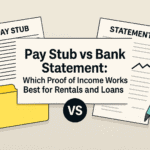
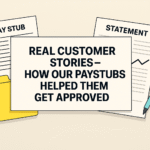
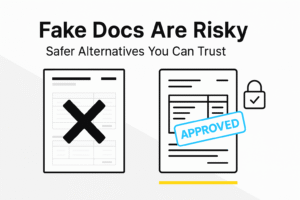

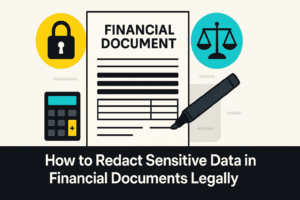
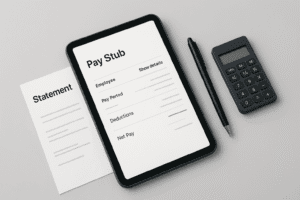
Add comment